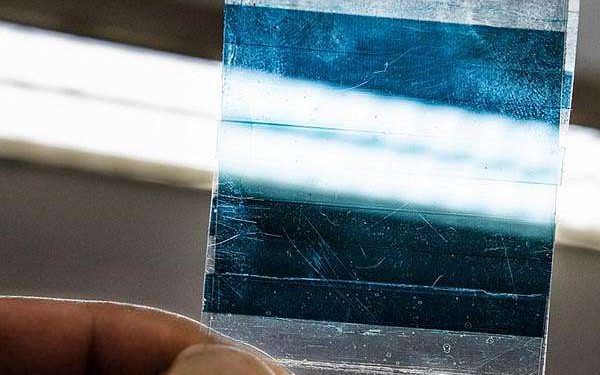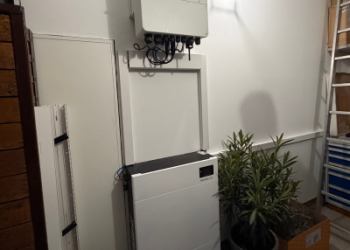Advances in semi-transparent solar cell technology drive future energy solutions for buildings
by Riko Seibo
Tokyo, Japan (SPX) Oct 24, 2025
Researchers at The Hong Kong Polytechnic University have succeeded in establishing a new benchmark for semi-transparent organic photovoltaic (ST-OPV) technology, an innovation enabling the integration of solar cells into windows, screens and other surfaces for urban environments. ST-OPVs address the crucial challenge of balancing transparency with high power conversion efficiency, combining attractive visual design with effective energy generation for smart building integration.
A key achievement of the PolyU team was the development of the dimensionless parameter FoMLUE, which screens photoactive materials by combining visual transmittance, bandgap and current density, allowing a deeper understanding of material properties through normalized absorbance analysis. Led by Prof. LI Gang and Research Fellow Dr YU Jiangsheng, the team demonstrated that ST-OPVs utilizing ternary materials with the highest FoMLUE achieved superior thermal insulation and operational stability, with a new record light utilization efficiency of 6.05 percent-the highest reported figure for any semi-transparent solar cell.
The research further evaluated geographical influences on system performance, developing a transient model to simulate ST-OPV window power output. Applied across 371 Chinese cities, results indicated annual load reductions in more than 90 percent of locations. Regions with hot summers and warm winters displayed the greatest suitability, with annual total energy savings reaching up to 1.43 GJ per square meter. This approach suggests that ST-OPV glazing can enhance building energy efficiency without compromising aesthetic appeal.
Prof. Li stated, “As an emerging solar photovoltaic technology, solar windows offer new possibilities for practical deployment in BIPV, renewable energy vehicles and agricultural greenhouses. Our findings highlight the multifunctionality and geographical adaptability of high-performance ST-OPVs in the construction of sustainable and energy-saving smart windows without compromising the integrity of architectural design, showcasing their highly promising commercial prospects.”
The PolyU team intends to further strengthen ST-OPV durability and to scale production for larger solar modules to advance commercial implementation.
Research Report:Semitransparent organic photovoltaics with wide geographical adaptability as sustainable smart windows
Related Links
The Hong Kong Polytechnic University
All About Solar Energy at SolarDaily.com
















